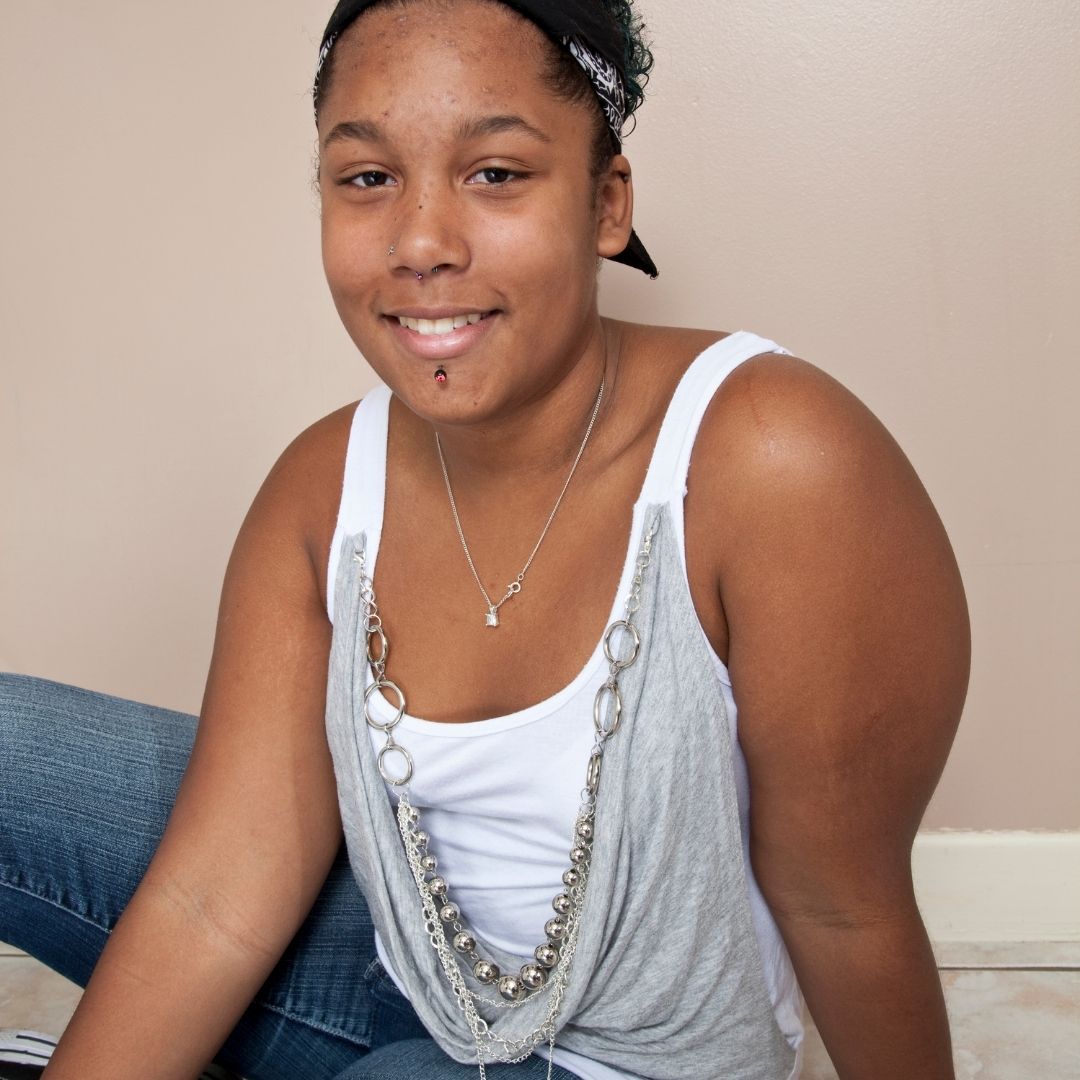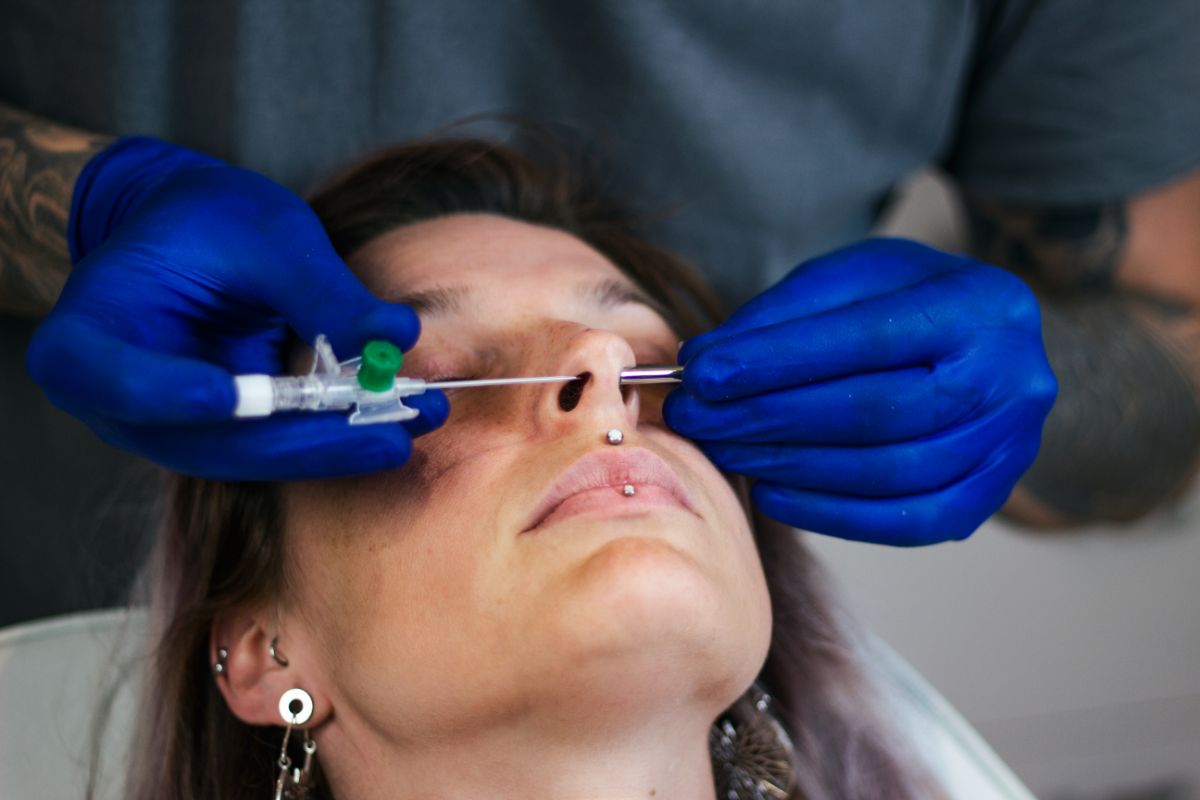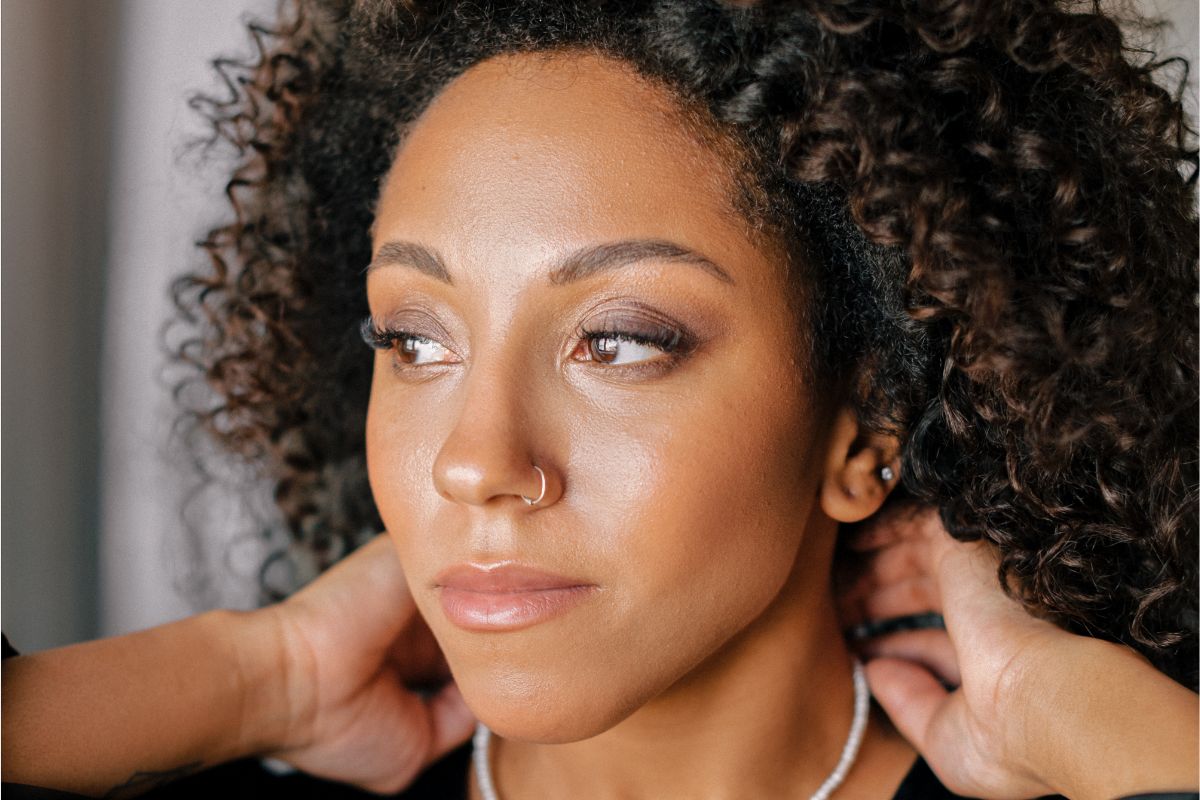How do you know if your piercing has healed completely? Your piercer can give you an estimated healing time based on the location of your piercing, but ultimately, every person heals differently.
The question that gets asked a lot is, “Is this considered normal?” and almost always, the answer is a yes. But, there are cases where the answer is a no. So, how do you know if your piercing has healed and what are the signs that it hasn’t?
The healing process is composed of three stages. The first stage is the acceptance stage, the second stage is the healing stage, and the last is the seasoning stage.
As a result, your piercing will look different at every stage. To ensure that your piercing heals successfully, we highly recommend that you strictly follow your piercer’s aftercare instructions, especially during the first two stages, since your piercing is more susceptible to getting infected.

What Are The Stages of Piercing Healing?
First Stage: Acceptance Stage/Inflammatory Stage
The acceptance stage lasts between a couple of days and a few weeks. The duration of this stage relies greatly on your overall health. After getting your new piercing, your body will attempt to seal the cut and start regenerating new tissues.
For this to happen, a blood clot will form around the hole. Your body’s red blood cells will produce strong white fibers, also known as collagen.
However, unlike the usual cut, your body will not be able to successfully seal it because of the presence of your jewelry. Your body’s cells will start rejecting your jewelry since it’s a foreign object. You’ll notice swelling and inflammation in an attempt to force the jewelry out of your body.
Some of the symptoms of this stage include bleeding, redness, and pain.
Second Stage: Healing Stage/Proliferative Phase
During the second stage, your body will create a fistula or a tunnel of scar tissues in the edge of the piercing hole until it makes its way into the center. The piercing may look normal and may not look like an open wound.
Usually, people think it has healed because it’s no longer bleeding, inflamed, and doesn’t hurt. Unfortunately, it still hasn’t, and your piercing is still prone to infection.
A yellowish discharge can ooze out of the piercing hold as the fistula forms. You shouldn’t worry about it because it means your body is making new scar tissue.
The piercing can tighten and loosen as new scar tissues form. Do not change your jewelry during this time because you might accidentally dislodge the fistula. You must care for your piercing diligently during this stage since it’s prone to infection.
Third Stage: Seasoning Stage/Maturation Phase
The last stage is the seasoning stage. This stage is marked by the thickening and expansion of the fistula walls. This helps reduce the risk of your piercing closing if you decide to remove your jewelry. The seasoning stage can last a few months up to several years.

Takeaway
If you want to expedite the healing process, the best thing you can do is to ensure that your piercing stays clean. Clean your piercing twice a day using saline solution. Don’t use any product on your piercings because they might contain harsh ingredients that could exacerbate the symptoms.
If you're looking for a safe product to clean your piercings, Dr. Piercing Aftercare can help.
At Dr. Piercing Aftercare, we've developed convenient medicated swabs that you can use to clean your piercings and keep infection away. We are proud of our products. They are made and tested in a cGMP compliant and FDA-registered facility in America.
We use advanced technology on our swabs for easy application. Each pack contains thirty-six medicated swabs that are proven and tested to promote your body's natural healing process while preventing infection. Contact us today, or you can check out our website to learn more about our products.





